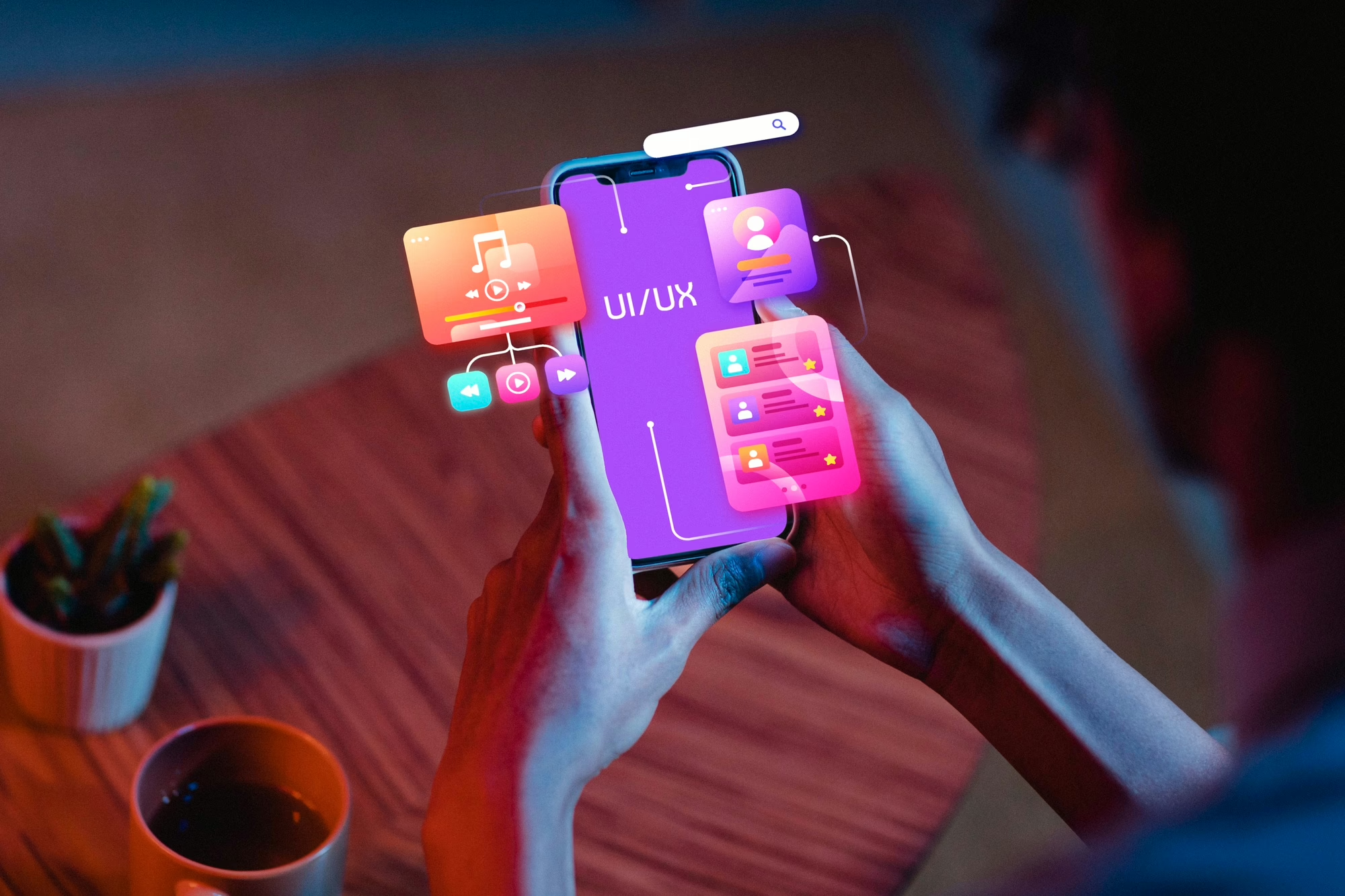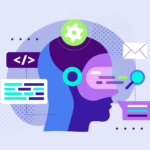B2B and B2C UX Design: Differences, Best Practices & Examples

User experience (UX) design goes beyond aesthetics—it solves real problems and drives business outcomes. However, the approach differs drastically depending on whether the audience is B2B (business-to-business) or B2C (business-to-consumer). Understanding these differences is essential for UX designers, product teams, and business leaders seeking to optimize engagement, adoption, and ROI.
Let’s explore B2B vs B2C UX design differences, research methodologies, user expectations, testing strategies, and real-world examples from leading platforms like Salesforce, Amazon, SAP, and Netflix.
Differences Between B2B and B2C UX
Target Audience: Professionals vs Consumers
- B2B UX serves professionals managing complex workflows across multiple departments. Key characteristics include:
Dashboards and reporting tools for decision-making. - Integration with enterprise systems like ERP and CRM.
- Prioritization of productivity and efficiency over visual flair.
Example: Salesforce streamlines tasks for sales teams, managers, and executives, offering analytics and reporting that support informed decisions.
B2C UX focuses on individual consumers motivated by convenience, simplicity, and emotional engagement:
- Intuitive navigation for effortless interaction.
- Visually appealing interfaces to drive conversions.
- Personalization based on user behavior and preferences.
Example: Netflix uses machine learning to recommend content dynamically, keeping users engaged.
Statistical Validity vs The Pareto Principle
- B2C research relies on statistically significant samples due to large audiences. Each respondent carries equal weight in insights.
- B2B research prioritizes high-value accounts, applying the Pareto principle (20% of clients generate 80% of revenue). Small sample sizes focus on deep insights from decision-makers.
Example: A SaaS company might interview top clients in depth while surveying smaller accounts online.
Methodology: Tailored Approaches
B2B Research:
- In-depth stakeholder interviews and workshops.
- Ethnographic studies and contextual inquiries to map workflows.
- Focus on actionable insights for business decisions and integration.
B2C Research:
- Large-scale online surveys to capture sentiment.
- A/B testing for flows, CTAs, and UI patterns.
- Analytics and session recordings to identify pain points.
Example: Spotify analyzes streaming data to optimize recommendations, while UpTop conducts workflow observations for enterprise software design.

User Goals and Expectations
B2B users:
- Aim to boost productivity and reduce errors.
- Require dashboards, automation, and reports tailored to roles.
- Expect seamless cross-platform integration for workflow efficiency.
Example: SAP’s Fiori system consolidates HR, finance, and logistics tasks for enterprise teams.
B2C users:
- Seek speed, convenience, and emotional satisfaction.
- Favor personalized recommendations, frictionless checkout, and fast content discovery.
Example: Amazon’s one-click checkout and dynamic recommendations enhance shopping efficiency.
Testing Methods and Results
B2B:
Prototype dashboards tested with small user groups.
Usability tests focus on multi-step workflows.
Metrics: task completion, efficiency, error rates.
B2C:
- A/B testing for CTAs, checkout flows, and content.
- Analyze clicks, conversion rates, and retention.
- Rapid iteration based on large-scale feedback.
Example: B2B SaaS tests reporting features with finance teams, while eCommerce sites test checkout flows to improve conversions.
Brand Identity
B2B:
- Professionalism, reliability, and trust.
- Clean interfaces, value-driven messaging, minimal distractions.
Example: HubSpot emphasizes educational content and credibility.
B2C:
- Delight, emotion, and engagement.
- Bold visuals, storytelling, and interactive experiences.
Example: Spotify gamifies music discovery and integrates social sharing.
Communication Styles
B2B: Formal, precise, ROI-focused, highlighting measurable value.
B2C: Conversational, emotionally resonant, lifestyle-driven.
Example: LinkedIn Learning emphasizes skill ROI for enterprises, while Duolingo makes learning playful and engaging.
Flexibility and Adaptability
B2B: Platforms must be role-adaptive, customizable for various departments.
B2C: Interfaces need responsive, device-agnostic design for smooth consumer interactions.
Example: Jira allows teams to configure dashboards (B2B), whereas Instagram adapts feeds seamlessly across devices (B2C).

Integration and Compatibility
B2B UX: Requires smooth integration with tools like ERP, CRM, analytics platforms, and other enterprise software.
B2C UX: Must provide a consistent, seamless experience across mobile, web, and app platforms.
Example: Microsoft Teams integrates with Office 365 for enterprise productivity; YouTube ensures smooth playback across smart TVs, desktops, and mobile devices.
UX Design Process Differences
Research and Discovery
B2B research dives deep into enterprise workflows, user roles, and decision-making hierarchies. It relies on:
- Stakeholder interviews.
- Observational studies and contextual inquiries.
- KPI-driven analysis for efficiency and integration.
B2C research explores broad user behavior and trends, leveraging:
- Analytics and user surveys.
- Heatmaps and session recordings.
- Behavioral insights for navigation, personalization, and engagement strategies.
Example: Salesforce conducts workflow observations to improve dashboards, while Netflix uses viewing analytics to optimize recommendations.
Design and Development
B2B Design:
Focus on functional, efficient interfaces.
Dashboards and reporting tools tailored to professional roles.
Minimalist aesthetic emphasizes clarity over visual flair.
B2C Design:
Prioritizes engagement, emotional appeal, and intuitive navigation.
Personalized content and recommendations drive conversions.
Gamification, loyalty features, and storytelling enhance retention.
Example: SAP’s Fiori system streamlines complex workflows, while Amazon’s product recommendations and streamlined checkout enhance consumer UX.
Key Takeaways
B2B UX: Workflow efficiency, integration, depth, and role-based customization.
B2C UX: Simplicity, delight, emotional engagement, and personalization.
Research: B2B favors qualitative, high-value insights; B2C favors large-scale quantitative data.
Design: B2B prioritizes function; B2C prioritizes visual appeal and engagement.
Testing: B2B focuses on efficiency and accuracy; B2C on engagement and conversion metrics.
By understanding these differences and applying real-world UX examples, companies can design experiences that resonate with their audiences, boost adoption, and drive measurable business growth.



